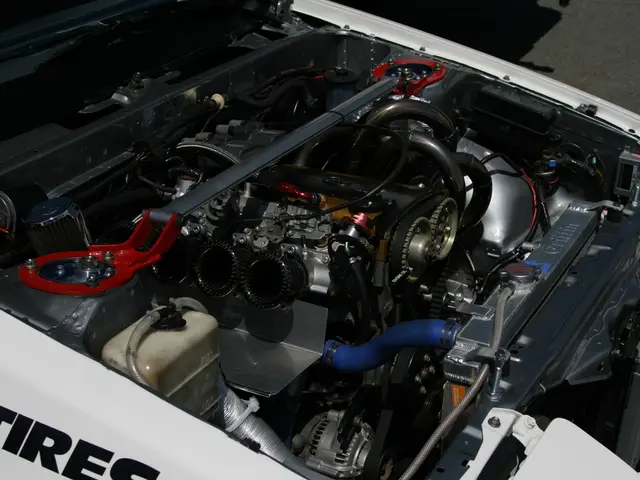Institutions view this new cryptocurrency as akin to digital gold
In the ever-evolving world of cryptocurrencies, two digital assets, XRP and Bitcoin, continue to make headlines. Let's delve into their recent developments.
Bitcoin, the pioneering cryptocurrency, has been making waves with its impressive growth. It recently reached an all-time high of $123,091 in July 2025, and currently trades above $118,000. With a market capitalization close to $2.36 trillion, Bitcoin holds a dominance of 61.7% over the rest of the cryptocurrencies.
Meanwhile, Cantor Fitzgerald is adding to Bitcoin's allure by acquiring more than 30,000 BTC, valued at over $3.5 billion. Institutional funds, banks, and corporate treasuries are increasingly seeking Bitcoin as the most sought-after digital asset. Bitcoin has become one of the most liquid markets in the world, comparable to gold and Treasury bonds.
Bitcoin ETFs have also seen significant inflows, with net inflows of over $4.5 billion in July alone. Analysts like Steven McLurg, CEO of Canary Capital, predict that the Bitcoin ETF could outperform those of Ethereum and Solana.
On the other hand, XRP is beginning to integrate into the traditional financial system through the adoption of the ISO 20022 standard by Fedwire. RippleNet, Ripple's payment network, has been operating under this standard since 2020, allowing institutions using Fedwire to potentially integrate XRP as a liquidation mechanism. However, it's important to note that XRP’s use as a settlement or liquidity tool in Fedwire’s system has not been officially documented or cited in available sources.
Volante Technologies, a provider of infrastructure for Fedwire-as-a-Service, has confirmed that its platform supports liquidation with Ripple's native cryptocurrency. XRP's infrastructure is evolving around fast cross-border transfers, low fees, and new financial products such as XRP cloud mining contracts to stabilize holder income, emphasizing XRP’s utility in digital asset markets and payments.
More than 40,000 BTC have been moved from historical wallets to institutional custodians recently, while over 2,743 addresses control more than 47.32 billion XRP tokens. RLUSD, Ripple's stablecoin, has already surpassed $500 million in market capitalization.
Ripple is positioning itself as liquidation infrastructure for interbank payments and cross-border transfers, while Bitcoin is solidifying as a store of value and strategic asset for corporate treasuries. The SEC will vote on the possible dismissal of its case against Ripple on July 17, which could remove a main regulatory barrier for institutional adoption of XRP in the U.S. Ripple has also applied for a national banking license in the U.S. and a master account at the Federal Reserve for its stablecoin RLUSD.
The convergence between traditional infrastructure and blockchain is progressing, with Fedwire operating under ISO 20022 and RippleNet ready to integrate, moving closer to full institutional adoption. As these developments unfold, the crypto landscape continues to offer exciting opportunities for growth and innovation.
Technology plays a significant role in finance, particularly in the realm of investing, as evidenced by the integration of blockchain-based cryptocurrencies like Bitcoin and XRP. Institutions such as Cantor Fitzgerald are investing heavily in Bitcoin, thereby boosting its value and liquidity, making it comparable to gold and Treasury bonds. Meanwhile, XRP is positioning itself as a potential liquidation mechanism for interbank payments and cross-border transfers, thanks to its integration with the ISO 20022 standard used by Fedwire.




